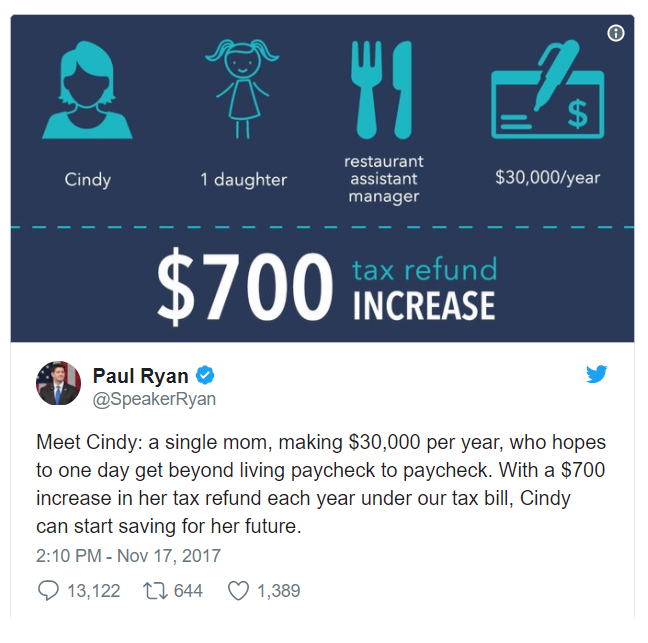Alternative Fact: From Trump Jr, attorney client privilege protects a conversation he had with his father because attorneys were present with both parties. Seriously.
Real Fact: FRE Rule 501 makes privilege a little difficult to figure out in federal cases. And privilege may not even apply to Congressional testimony. But considering attorney client privilege in general — Attorney client privilege restricts what the attorney can divulge. A reasonable protection, otherwise people wouldn’t be able to have frank conversations with their attorneys. There is precedent for the witness invoking privilege regarding a conversation they had with their attorney. But that doesn’t mean every utterance a lawyer hears instantaneously becomes top secret information that cannot be disclosed by either party.
First of all, the communication has to be for the purpose of obtaining legal advice. Iffy, but you might be able to sell that. Wanting to understand the legal ramifications of publicizing information.
Having a conversation with ones attorney in the presence of a third party can nullify the privilege. There’s a joint defense privilege which allows parties with common interest in the litigation to share information without waiving privilege. This applies for parties “sharing a common interest in the outcome of a particular claim” [United States v. LeCroy, 348 F. Supp. 2d 375, 381 (2004)]. Common interest in the outcome doesn’t mean “daddy cares what happens to me” or “I was working on daddy’s campaign when I did this”. It means a legal interest. So they’ll need to sell that there’s a joint defense going on (which admits that Trump Sr has some involvement in these events of which he claims ignorance).
Furthermore, there’s an exception to privilege when the communication is itself seeking to commit a crime or fraud. Even if Jr rang up his lawyer to discuss what false narrative should be presented under oath to Congress, that is not privileged communication.
There’s a legal principal that the parade of horrors shouldn’t be considered when adjudicating a case — essentially you need to ignore the ramifications of the order — but if the presence of a lawyer in a conversation makes the conversation privileged, wouldn’t a whole bunch of rich dudes just have a lawyer go with them everywhere?


